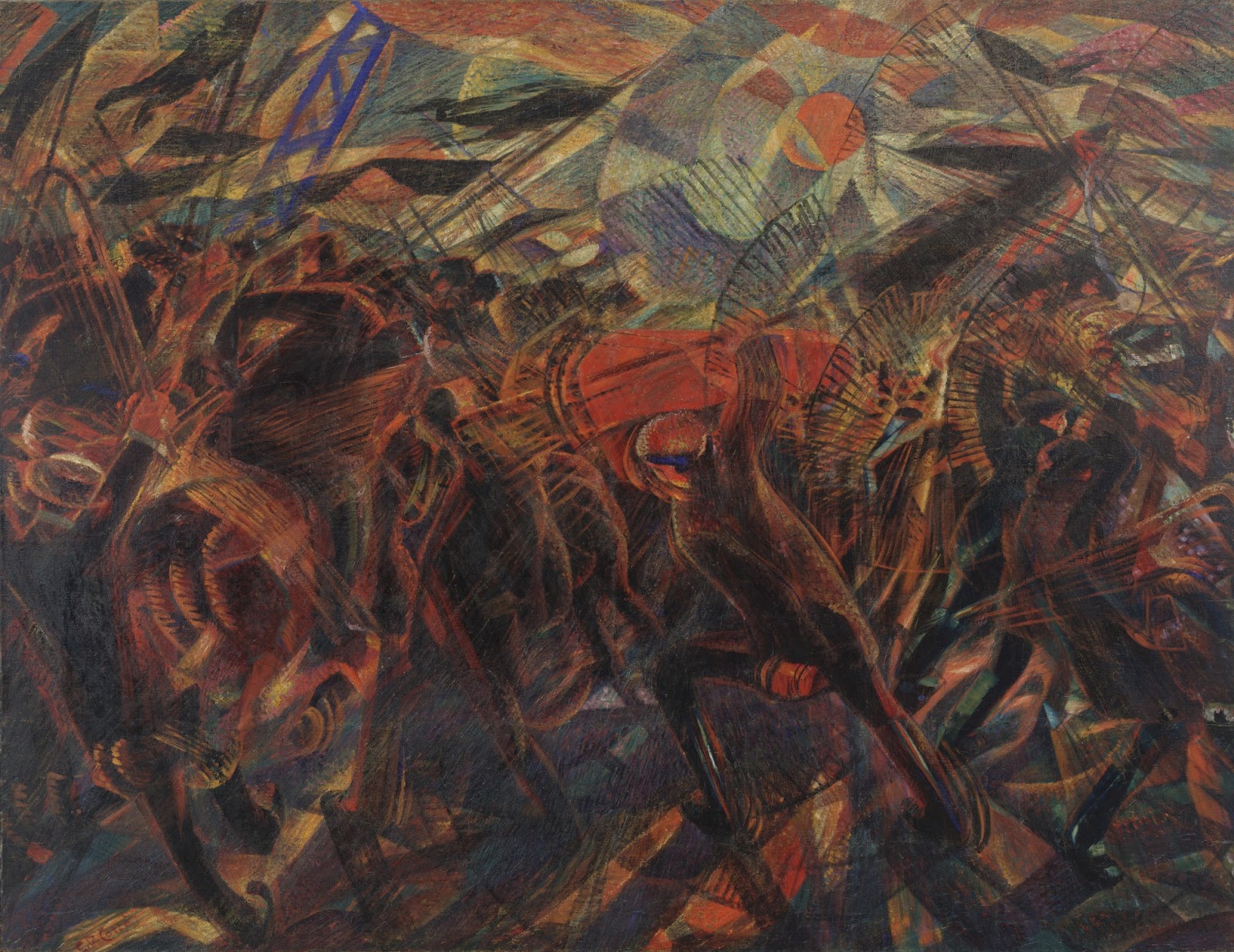
Carlo Carrà, Funeral of the Anarchist Galli
Beginning just nine years after the turn of the 20th century, Futurism was not thinking of ray guns, robots, or intergalactic travel. Its followers were not interested in hypothetical futures or fiction soaked in science. Instead, the Futurists, who called the movement Futurismo in their native Italian, were interested in a provocative rejection of the past and a radical acceptance of the so-called modern invention of speed with the automobile. Sorry, robots, this was not your futurism.

The Futurist Manifesto, written by Filippo Tommaso Marinetti, whose name truly sounds like a pasta sauce, has the energy of a hallucination and the scathing sprawl of atomic shrapnel. It was first published in Le Figaro, an Italian newspaper that Marinetti worked for, and quickly won over Italian artists like Umberto Boccioni with its appeals to motion, war, technology and youth.
The spirit of Futurism might best be explained as perpetual motion, or the Heraclitean idea that a river is never the same river twice, with emphasis on the destruction of sameness. They upheld violence, war, and militantism and the abolition of what they saw as staid academic traditions, such as the museum and the library. They also rejected unadventurous activities because they were passive, or, in their understanding, without motion. They encouraged worker revolts, but loved the industrial city, and were avowed misogynists.
But beyond all this, speed was king. Speed, for them, was the thing that would jettison the past and herald the future, being a new type of absolute that did away with time and space. Cars, and trains, and other feats of engineering, often featured in many Futurist paintings, as did war.
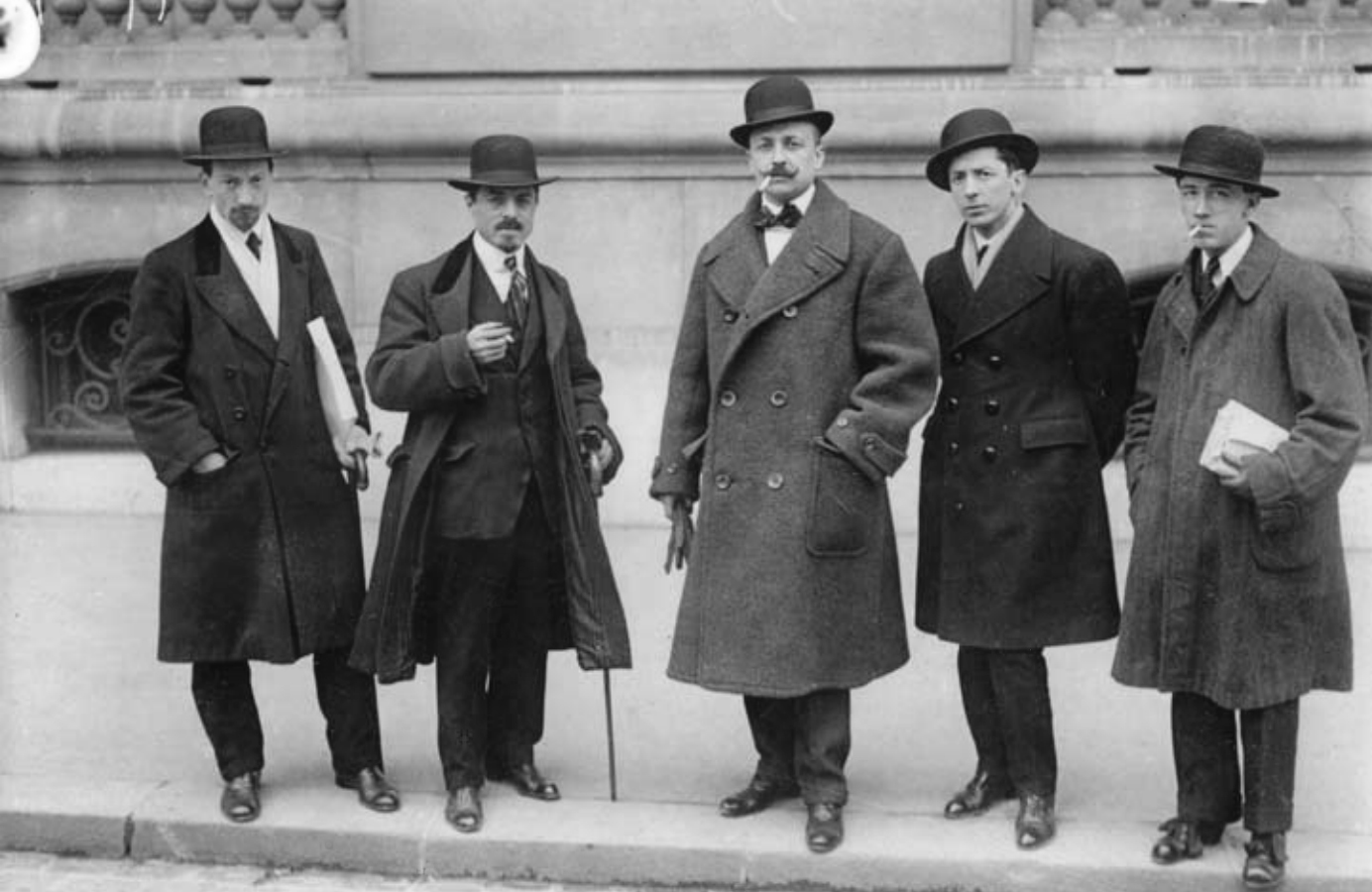
The odd Futurist gang, a gang of wolves by any other name
There were two schools of Futurism, with one being the Italian and the other Russian. While different, and with the Russian school flat-out rejecting the Italian movement (they even barred Marinetti from a speech in Russia when he made a tour), both are instantly recognizable as coming from the same wellspring. The emphasis on motion through a type of kinetic blur around a subject is found throughout both schools, with special focus on tools of speed, like the car or bike.
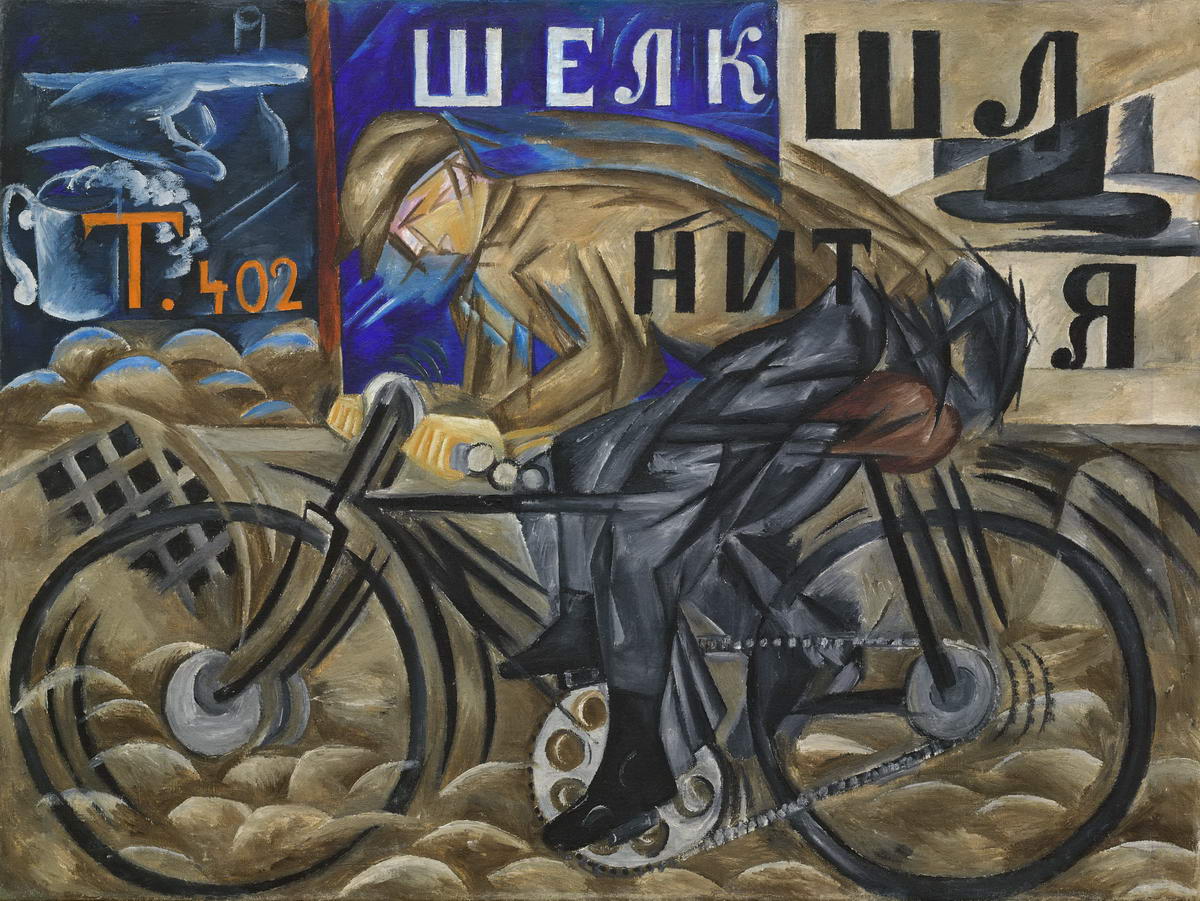
An example of Russian Futurism
The futurists were radical not only for their rejection of past artistic traditions, but in their violent positioning of the future as a dynamic, ever changing beast. As Fellipio wrote in his second manifesto for the movement, a horse doesn’t have four legs in Futurism, but twenty, all moving in triangles.
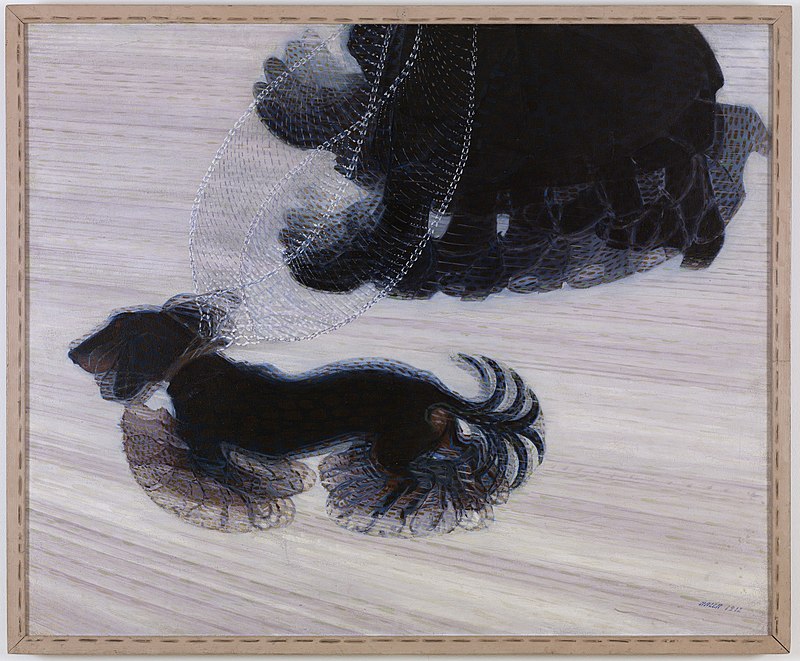
Not quite twenty, but quite a lot of legs on this noble sausage
Futurists were at the forefront of the avant-garde with their questions of how to represent velocity and dynamism in stable forms of art, with some opting to distort the form of subjects and others the effect of forces like light and gravity. They were restless and intentionally provocative, a sort-of devil’s advocate in the art world. But they were earnest in their beliefs.
This is perhaps best illustrated by the Futurist Luigi Russolo, who was both a painter and musician. Bringing the ideals of Futurism into music, he thought that music was too harmonious and sweet and didn’t properly reflect the new, industrial world. Russolo took it upon himself to invent new instruments that could offer an antidote to such sweet music, and essentially created the genre of noise music. Infamously, he put together an orchestra with his noise instruments that incited a riot with its performance. Russolo himself figured as much would happen, but continued on, and this pretty much sums up the early spirit of Futurism.
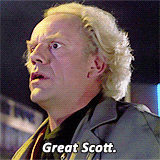
The movement’s best known and most influential artist is Umberto Boccioni, who was also the theorist just below Marinetti. His sculptures were often an attempt to express the continuity of shapes from human into space through motion, with Unique Forms of Continuity in Space being considered his masterwork (it’s even on the back of the 20 cent euro coin in Italy). His paintings, on the other hand, are explosions of color and emotive traces of motion. When he died during war training in 1916, the movement as a whole lost some of its momentum.

Futurism, after 1916
Even more so, once WWI came to a close, many artists returned to traditional models of art for inspiration and left the avant-garde of Futurism and other modern movements behind. This was called the Return to Order. Even Picasso temporarily shoved Cubism in the years following the Great War.
While Futurism did continue, in spite of its engine starting to putter, many of its followers transitioned into the Fascist movement around 1920. Marinetti himself remained a supporter of the Italian fascists even when the Fascist government deemed the work he inspired degenerate.

The legacy of Futurism can be seen in movements like Dada, Art Deco, and Surrealism, and in the spirit of radicalism itself. But if anything else, Futurism as a movement lived fast and died young, with its peak years spanning only about seven years. Fitting for a movement all about speed.
By Matt Marcure
Sources
- McKever, Rosalind. "Umberto Boccioni (1882–1916)." Metmuseum.org. August 2016. Accessed October 2018. https://www.metmuseum.org/toah/hd/umbo/hd_umbo.htm.
- "Futurism – Art Term." Tate. Accessed October 2018. https://www.tate.org.uk/art/art-terms/f/futurism.
- Marinetti, Filippo Tommaso. Futurist Manifesto, unknown translator. Le Figaro, 1909.










Marvelous Post!